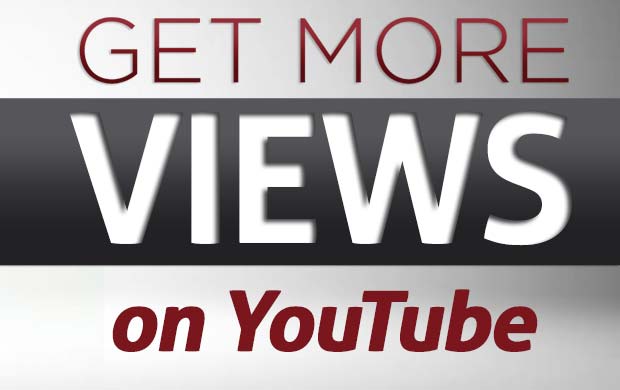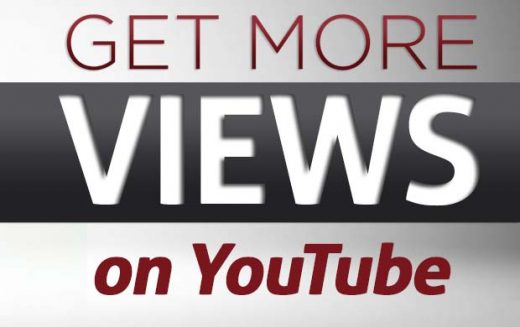Getting Views By Not Appearing To Be Marketing
by John Motavalli, Columnist, January 25, 2017

How does one succeed with programmatic advertising? We note a recent Budweiser World Series spot produced by VaynerMedia that has had more than 3.4 million views on Google’s YouTube. The goal, Google says, was to create a new video that wouldn’t appear to be marketing anything. Now there’s an elusive goal.
The creative team stayed up all night to reflect whoever won, in this case the Chicago Cubs, who had not won a championship since 1908. The clip features the late, beloved Cub announcer Harry Caray predicting in 1991 that “someday the Chicago Cubs are going to be in the World Series.” After tracking tense Cubs fans watching the final inning of game 7 and erupting in joy after the team’s victory, the spot ends with the words: “Harry, they did it.”
A YouTube promotion states, “The brand started with multiple versions of the same video ad on YouTube. Then, they used real-time analytics to see which version was resonating with fans. By quickly pinpointing the best-performing ad, they could put their money where the magic was and shift spend to support the most compelling video.”
YouTube calls this “authentic brand response.”
Think about this for a minute. When people watch TV, ad watching is not voluntary. The 3.4 million people or so who clicked on the Cubs video chose to watch it. Such a difference. Can you imagine a banner ad getting that kind of traffic?
We see a kind of weird flashback here, to the early days of TV advertising. We know this is ancient history, but in the 1950s, advertisers were intimately intertwined with programming. Programs were planned and sponsored by the same ad agency, which came up with TV shows that their clients wanted to be associated with. The brand chose what Americans would see. And if they played their cards right, a not-so-subtle association stuck with viewers. And don’t forget the concept of the cast commercial, in which cast members of a show would shill for sponsors during the shows. Breaking the fourth wall? Nobody cared.
This is the future, almost a complete 360, in which brands need to be more intricately involved in programming in order to make a splash. Not just sponsoring it
In this case, what did VaynerMedia and YouTube do right?
For one thing, they were subtle. We did not see anything related to Budweiser until 40 seconds into the spot, and even that wasn’t overt. One sees a bunch of Cubs fans drinking beer at that juncture. Sure, it’s Bud that they are drinking but that isn’t emphasized.
At 50 seconds in, a crowd of fans is panned over, and a few of them are clutching beers, but again the brand isn’t obvious. I would not have noticed this if I wasn’t looking for it.
Finally, at 1:30 in the two-minute spot, after the triumphant announcement of “CUBS WIN” is heard, and the scoreboard screams that out, a bunch of fans are seen celebrating with Buds. At 1:51, an illuminated red Budweiser sign is seen in the background and then it comes up again at the end.
It must be hard for brandmeisters to be that restrained in touting the brand, but I don’t have to be Barbara Lippert to see a masterful spot that works.
YouTube quotes Lucas Herscovici, vice president of media, digital and sports marketing at Anheuser Busch: “A few years ago, Budweiser wasn’t making ‘made-for-digital’ video,” Herscovici says. “Now we think digital first.”
With ad targeting on the major exchanges doing so poorly (see last week’s column) could you place the Bud campaign anywhere else but on YouTube and the major social networks? We think not. And there’s the major problem with ad tech right now. But we don’t have to tell you that.
MediaPost.com: Search Marketing Daily
(21)


